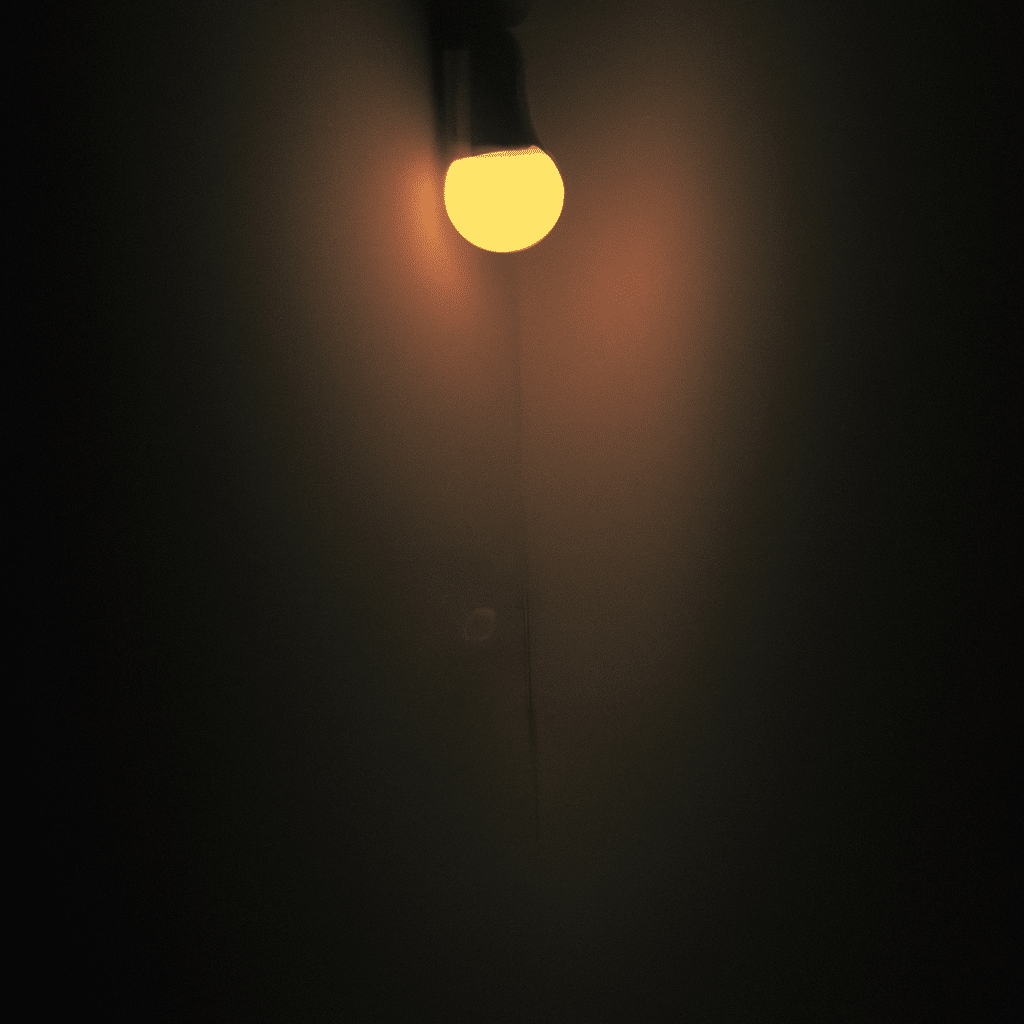
Welcome to our comprehensive guide on how to spot the best LED bulbs that not only save money but also contribute to energy efficiency. In today’s world, where sustainability is paramount, LED bulbs have gained immense popularity due to their long lifespan, energy-saving capabilities, and environmental benefits. However, finding the right LED bulb amidst the vast array of options can be overwhelming. Fear not, as we uncover the hidden secrets and provide you with valuable insights to make an informed decision.
Understanding LED Technology
To effectively choose the best LED bulbs, it’s crucial to understand the technology behind them. LED stands for Light Emitting Diode, which is a solid-state lighting technology that converts electricity into light. Unlike traditional incandescent bulbs, LEDs don’t rely on heating a filament to produce light, making them incredibly energy-efficient.
LED bulbs consist of several components, including a semiconductor chip, a heat sink, and a driver. The semiconductor chip emits light when an electric current passes through it. The heat sink absorbs and dissipates heat, ensuring the LED stays cool and prolonging its lifespan. The driver regulates the electricity flow, ensuring the LED operates efficiently.
Benefits of LED Bulbs
Before delving into the key factors to consider when choosing LED bulbs, let’s explore the benefits they offer:
- Energy Efficiency: LED bulbs are highly energy-efficient, consuming significantly less electricity than traditional lighting options. They can reduce energy consumption by up to 80%, resulting in substantial cost savings over time.
- Long Lifespan: LED bulbs have an impressive lifespan, often lasting 10-20 times longer than incandescent bulbs. This longevity saves money on replacements and reduces environmental waste.
- Durability: LED bulbs are more robust and resistant to shock and vibrations compared to traditional bulbs, making them ideal for various applications, including outdoor lighting.
- Environmentally Friendly: LED bulbs do not contain harmful substances like mercury, which is found in compact fluorescent bulbs. Additionally, their energy efficiency helps reduce carbon emissions, contributing to a greener environment.
- Instantaneous Lighting: Unlike other types of bulbs, LEDs provide instant brightness when turned on, without any warm-up time.
Now that we understand the advantages of LED bulbs, let’s dive into the key factors to consider when selecting the best ones.
Factors to Consider When Choosing LED Bulbs
1. Lumens and Brightness
The brightness of an LED bulb is measured in lumens, not wattage like traditional bulbs. To ensure you choose the right level of brightness for your needs, consider the lumens rather than the wattage. A higher lumen count indicates a brighter bulb. For example, a 100-watt incandescent bulb is equivalent to approximately 1600 lumens in LED lighting.
2. Color Temperature
LED bulbs offer a range of color temperatures, which affects the ambiance and mood of a space. Color temperature is measured in Kelvin (K), with lower values representing warmer, yellowish light, and higher values indicating cooler, bluish light. Common color temperature options include:
- Warm White (2700K-3000K): Creates a cozy and inviting atmosphere, ideal for residential spaces like bedrooms and living rooms.
- Cool White (3500K-4100K): Provides a neutral and crisp light, perfect for task-oriented areas such as kitchens and offices.
- Daylight (5000K-6500K): Mimics natural daylight, offering a bright and energizing light, suitable for garages, workshops, and outdoor spaces.
Consider the desired ambiance and functionality of the space when selecting the appropriate color temperature.
3. Energy Efficiency and Energy Star Certification
To ensure maximum energy savings, look for LED bulbs with high energy efficiency ratings. The Energy Star certification is a reliable indicator of an LED bulb’s energy-saving capabilities. Energy Star-certified bulbs undergo rigorous testing and meet strict criteria set by the U.S. Environmental Protection Agency (EPA). Choosing Energy Star-certified LED bulbs guarantees both energy efficiency and long-term cost savings.
4. Dimmability
If you desire the flexibility to adjust the brightness of your lighting, opt for LED bulbs labeled as “dimmable.” Not all LED bulbs are compatible with dimmer switches, so it’s essential to check the packaging or product specifications. Dimmable LED bulbs allow you to create different moods and save additional energy by reducing the light output when full brightness is unnecessary.
5. Color Rendering Index (CRI)
The Color Rendering Index (CRI) measures how accurately a light source can render colors compared to natural light. The scale ranges from 0 to 100, with higher values indicating better color accuracy. For tasks that require accurate color representation, such as artwork or makeup application, choose LED bulbs with a high CRI for optimal results.
6. Compatibility with Fixtures and Bulb Types
Ensure that the LED bulbs you select are compatible with your existing fixtures and bulb types. LED bulbs come in various shapes and sizes, including A19, BR30, PAR20, and more. Additionally, some fixtures may require specific base types like E26 or GU10. By considering compatibility, you can easily replace your existing bulbs with LED alternatives without any issues.
7. Warranty and Customer Reviews
To ensure peace of mind and the longevity of your investment, check the warranty offered by the manufacturer. Reputable LED bulb manufacturers typically provide warranties ranging from 3 to 5 years or longer. Additionally, reading customer reviews can provide valuable insights into the performance, durability, and customer satisfaction of a particular LED bulb brand or model.
Conclusion
In conclusion, selecting the best LED bulbs that save money and energy requires careful consideration of various factors. By understanding the technology, benefits, and key aspects like lumens, color temperature, energy efficiency, dimmability, CRI, compatibility, warranty, and customer reviews, you can make an informed decision. Remember to prioritize your specific lighting needs, whether it’s creating a cozy atmosphere or optimizing task-oriented spaces. Embrace the power of LED technology and contribute to a more sustainable future while enjoying the long-term cost savings they offer.



